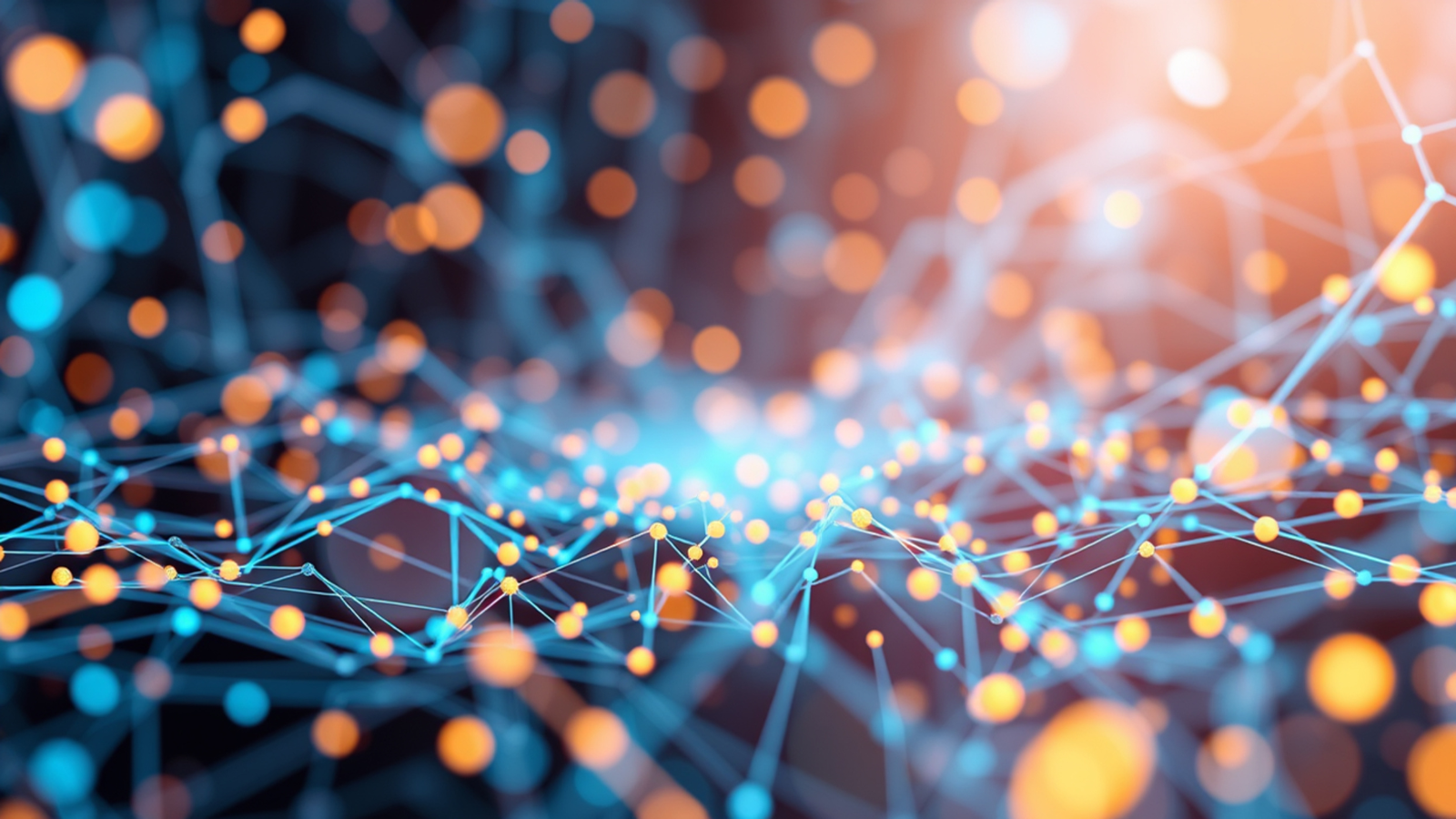According to McKinsey, 71% of organizations already use generative AI in at least one business unit, up from 33% in 2023. Meanwhile, a survey by Tidio finds that 82% of consumers would rather chat with a bot than wait in a support queue, underscoring a sharp shift in service expectations. These rapidly multiplying conversational AI statistics show the technology's evolution from novelty to enterprise necessity—and they highlight why error and bias mitigation can no longer be afterthoughts.
Large language models (LLMs) remain prone to hallucinations and systemic bias. A recent medical‑question benchmark reports a 29% hallucination rate for GPT‑4, 40% for GPT‑3.5 and 91% for Bard (PubMed). Bias persists, too; the U.S. National Institute of Standards and Technology warns that reaching zero bias is impossible, but says that structured audits can meaningfully reduce it. Enterprises that skip governance face reputational risk, regulatory scrutiny and customer churn.
Best Practices for Cutting Errors and Bias
The most reliable conversational agents pair technical guardrails with human oversight, updated continuously rather than retrofitted after launch.
Curate and debias training data
Accenture urges teams to "systematically strip biased or low‑quality data before fine‑tuning." Start with a data inventory: Flag personally identifiable information, duplicate entries and out‑of‑date documents. Next, run demographic‑parity tests and syntactic‑diversity checks to detect skew. Removing or reweighting problematic slices before training cuts both hallucinations and discriminatory outputs downstream.
Apply RLHF or RLAIF
Reinforcement learning from human (or AI) feedback has become the dominant alignment method. An OpenReview study shows multi‑turn RLHF can halve toxic completions compared with single‑turn tuning. Organizations should gather domain‑specific preference data—think safe medical advice or financial disclosure accuracy—and iterate reward models every quarter to keep pace with evolving norms.
Set up guardrails and policy filters
Rule‑based moderation is not outdated; it is the front line against jailbreaks and prompt injections. The 2024 Safety4ConvAI workshop cataloged pattern‑matching guardrails that blocked more than 90% of unsafe responses in a red‑team test without degrading helpfulness. Combine static rules with classification models to catch disallowed content in real time.
Continuous automated evaluations
A live scoreboard is more useful than a quarterly PDF. The Hugging Face hallucination leaderboard records GPT‑4 at a 1.8% hallucination rate on standard tasks; new model checkpoints can be benchmarked immediately, alerting engineers when regression creeps in. Plug such automated suites into your CI/CD pipeline so every deployment pushes fresh metrics to dashboards.
Human‑in‑the‑loop review
McKinsey finds firms that blend expert reviewers with automation cut total error rates by up to 50% within six months. Schedule random audits of conversation logs, tag edge cases and feed them back into RLHF loops. Human reviewers remain indispensable for subjective judgments such as tone, cultural nuance and brand alignment.
Publish transparent system cards
Before release, OpenAI posts model‑specific system cards detailing jailbreak tests and residual biases (OpenAI). Anthropic follows a similar disclosure protocol for Claude 3, noting lower scores on the BBQ bias benchmark (Anthropic). Adopting the same practice builds regulator and user trust, and it clarifies known limitations for downstream integrators.
Implementation Checklist
1. Baseline your model. Run hallucination and toxicity benchmarks on the unmodified LLM to establish starting metrics.
2. Sanitize data. Apply automated deduplication, profanity filters and demographic balancing.
3. Fine‑tune with RLHF. Use domain experts to label high‑risk prompts; train reward models on multi‑turn dialogs.
4. Embed guardrails. Deploy rule‑based filters at both input and output layers; monitor latency impact.
5. Automate evaluations. Schedule nightly hallucination, bias and jailbreak tests; trigger alerts on drift thresholds.
6. Insert humans. Rotate reviewers across time zones; audit flagged exchanges and feed insights back to engineering.
7. Publish transparency reports. Release system cards that document methods, known gaps and mitigation plans.
Obstacles and How to Overcome Them
Compute cost. RLHF and continuous testing are resource‑intensive. Mitigate by distilling smaller inference models or batching evaluation workloads during off‑peak hours.
Tooling fragmentation. No single platform covers data labeling, testing and deployment. Adopt open standards (e.g., OpenTelemetry traces for model metrics) and modular APIs to ease integration. To avoid getting locked into fragile or siloed setups, it's important to invest in open standards and modular architecture early on. For example, using standardized telemetry tools like OpenTelemetry can help you capture consistent metrics across training and inference stages. APIs should be designed to support pluggable modules so that tools for labeling, evaluation, or deployment can be swapped out as needs evolve. A modular mindset also future-proofs your stack against inevitable shifts in vendors, frameworks, or compliance requirements.
Regulatory flux. AI‑specific rules vary by region. Build a governance layer that maps local regulations to technical controls—such as data residency toggles—to avoid retrofits later. What's compliant in one region may be flagged in another. Emerging regulations touch on everything from explainability and algorithmic fairness to data localization and the handling of personally identifiable information. This patchwork environment creates uncertainty for teams that want to deploy AI products globally.
Rather than waiting until after a rule is finalized to adapt, build flexibility into your compliance stack from the outset. One effective approach is to create a governance layer that maps regulatory requirements to specific technical controls within your system. For example, implement configuration options that allow you to toggle data residency or anonymization rules depending on user location. If a region mandates additional model explainability or bias mitigation, your governance layer should be able to route those workflows dynamically without rebuilding core components. Proactively aligning your development process with evolving legal frameworks helps avoid costly retrofits later—and positions your team as responsible AI stewards.
Outlook
Analysts at Accenture forecast the conversational‑AI market will triple by 2028, driven by guardrailed, bias‑checked agents that replace first‑generation chatbots. Visual benchmarking sites predict rapid convergence toward single‑digit hallucination rates as evaluation loops tighten and policy filters mature. Expect native multimodal models to introduce fresh bias vectors—image, video, even sensor fusion—but the same best‑practice framework will apply: clean data, continuous tests and transparent cards.
Conversational AI is racing from pilot to production, and with scale comes scrutiny. Teams that embed rigorous data hygiene, reinforcement learning, guardrails and human oversight into every release cycle will slash errors, tame bias and build the trust needed for the next wave of AI‑driven dialogue.








